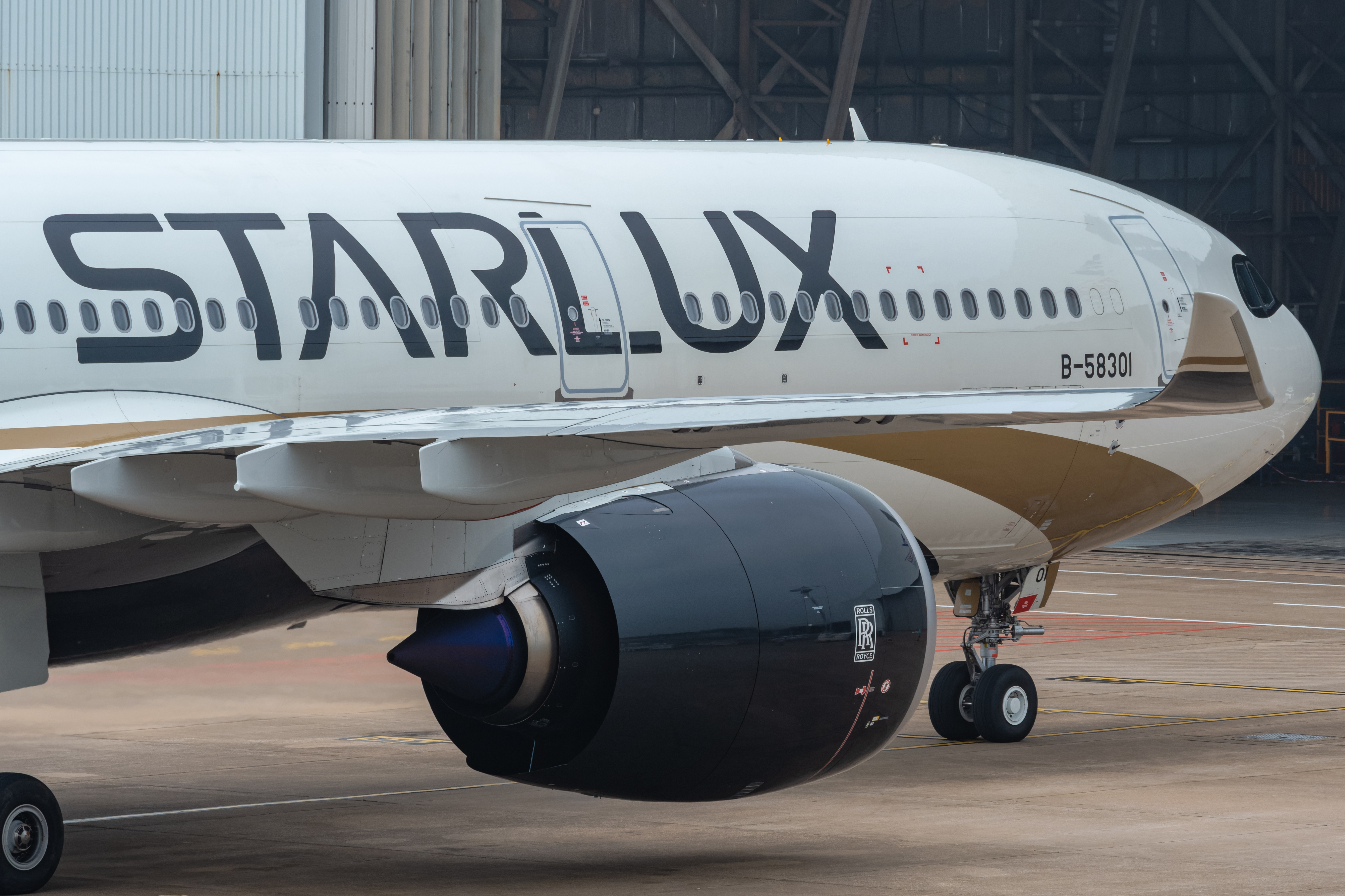
By Geoffrey Thomas
Published Thu Oct 18 2018
Australia’s crash investigator has found that faulty cleaning of fan blades by Rolls-Royce resulted in an engine failure on a Qantas A380 on route to Melbourne.
The incident happened on May 20 last year about two hours after take-off as the crew initiated a climb to a higher flight level.
The Australian Transport Safety Bureau said that as the aircraft passed 32,500ft (FL 325), “the crew on the flight deck heard a loud bang and felt a sudden and unusual vibration of the aircraft.”
READ The plane everyone will love - the 797 - is getting closer.
Flight data showed that as the A380 passed FL 325, the No. 4 engine intermediate pressure turbine experienced an over speed and its N2 (Intermediate pressure shaft speed) increased from 92 percent to the red line limit of 98.5 percent over the next 2 seconds.
The crew were presented with various warnings and reduced the thrust on engine No. 4 to idle.
Then the engine fire warning message was displayed, which confirmed reports from the cabin.
The flight crew shut the engine down and pushed the engine No. 4 fire button and discharged one fire retardant agent.
The A380 was turned back to LA and landed without further incident.
Initial engineering inspection of the No. 4 engine following the incident found damage to the low-pressure turbine blades.
There was also minor damage to the right flap and flap fairing from debris exiting the rear of the engine.
Rolls-Royce, the manufacturer of the aircraft’s Trent 900 engine, conducted an investigation into the engine failure that caused the shutdown and found that the cleaning process caused corrosion to the low-pressure turbine stage 2 blades.
Rolls-oyce also maintains the engines for Qantas.
The ATSB said that “the corrosion led to fatigue cracking and subsequent release of blade shroud debris, resulting in significant downstream engine damage.”
“The corrosion resulted from chemical residue in the hollow blades from cleaning operations at the last service in July 2015.”
Rolls-Royce advised the ATSB that it found another 12 engines with blades potentially affected by the cleaning process.
As a result, the European Aviation Safety Agency released an Airworthiness Directive (AD), effective in June relating to the potential for blade corrosion due to residual cleaning contaminants
Have questions or want to share your thoughts?
Get In Touch








